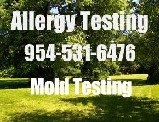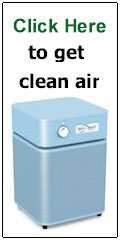VENTILATION AND INDOOR AIRQUALITY IN NEW HOMES
Concerns have been raised regarding whether homeowners use windows, exhaust fans, and other mechanical ventilation devices enough to remove indoor air contaminants and excess moisture. In a multi‐season study of ventilation and indoor air quality of 108 new single‐family, detached homes in California, window use, ventilation rates, and air contaminant concentrations were measured. The median 24‐hour outdoor air exchange rate was 0.26 air changes per hour; 67 percent of the homes were below the California building code requirement of 0.35 air changes per hour; and 32 percent of the homes did not use their windows. Home‐togarage pressure testing guidelines were exceeded in 65 percent of the homes. The median indoor formaldehyde concentration was 36 micrograms per cubic meter (range of 4.8 to 136 micrograms per cubic meter). Nearly all homes had formaldehyde concentrations that exceeded guidelines for cancer and chronic irritation, while 59 percent exceeded guidelines for acute irritation. In conclusion, new single‐family detached homes in California are built relatively airtight, can have very low outdoor air exchange rates, and can often exceed exposure guidelines for air contaminants with indoor sources, such as formaldehyde and some other volatile organic compounds. Mechanical ventilation systems are needed to provide a dependable, continuous supply of outdoor air to new homes, and reductions of various indoor formaldehyde sources are also needed. Source: Offermann, F. J. 2009. Ventilation and Indoor Air Quality in New Homes. California Air Resources Board and California Energy Commission, PIER Energy‐Related Environmental Research Program. Collaborative Report. CEC‐500‐2009‐085. November 2009 CEC-500-2009-085 Call (954) 531-6476 Copyright © 2003 Safe Homes Environmental Consultants All rights reserved. |




